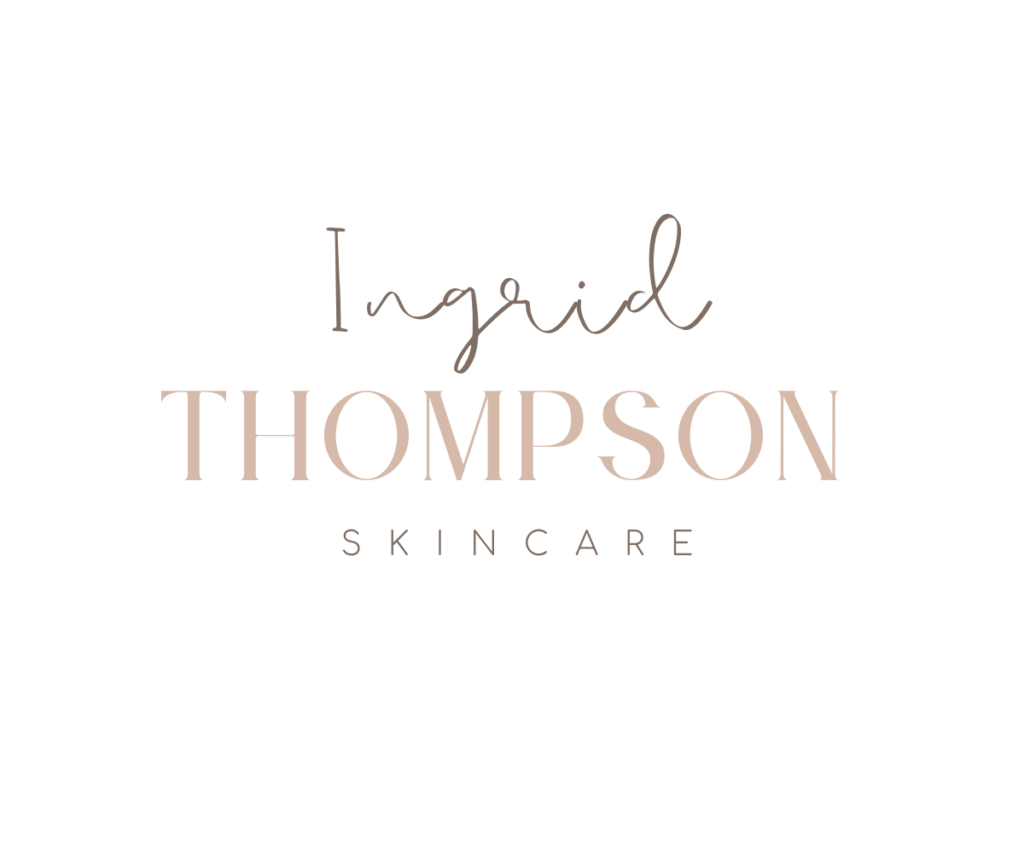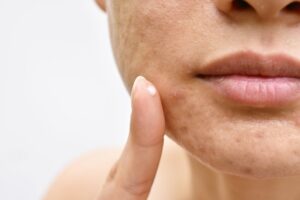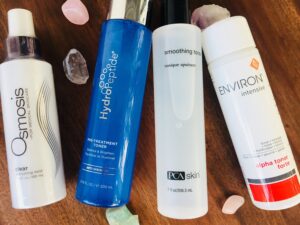Spring is in full bloom and I hope you are enjoying our longer and warmer days! As for me, I’ve been developing my gardening skills and have big plans this year to expand my flower and succulent garden to include fruits and veggies. I’m well aware of the hill ahead but I’m looking forward to the challenge.
The changing of seasons displays how brilliantly nature creates periods of rest and restoration to manage its energy resources. These innate cycles called circadian rhythms are natural processes that respond primarily to light and dark and affect most living things, including humans, animals, plants, and even microbes. One example of a light-related circadian rhythm is sleeping at night and being awake during the day. I can’t help but wonder how we might be able to sync our daily habits and rituals to maximize our own cycles.
Circadian rhythms are our physical, mental, and behavioral changes that follow a 24-hour cycle. You may have heard the term “biological clocks” or natural timing devices regulating the cycle of circadian rhythms. These internal clocks are composed of proteins that interact with cells throughout the body. Nearly EVERY tissue and organ in our body contains their very own biological clocks!
Are you thinking what I’m thinking? How we can sync our beauty rituals to maximize our own rest, repair and protect cycles in OUR SKIN?!
If every cell in our body knows what time it should be resting and what time it should be up and active, then we can arm our skin cells with what it needs to optimize its resting phase and its protection mechanisms during the day.
One caveat is that with the exponential use of technology, our circadian rhythms are almost always thrown off by blue light. That is why it’s even more important than ever to align our rituals to that of nature wherever we can.
How Blue Light affects our Circadian Rhythms.
Studies in fruit flies suggest that these proteins help activate feelings of wakefulness, alertness, and sleepiness. However, signals from the environment also affect circadian rhythms. Blue light from electronic devices at night can confuse our biological clocks. These changes can cause sleep disorders, and may lead to other chronic health conditions, such as obesity, diabetes, depression, bipolar disorder, and seasonal affective disorder.
Blue light produces damage effects on our skin through the generation of reactive oxygen species (ROS) and pro-inflammatory mechanisms. Certain active ingredients can help combat the damaging effects of blue light. To learn more read a previous blog about Blue Light here.

During the day, our skin is MOST focused on:
Protecting our DNA via production of antioxidants
Reducing Inflammation
Active Wound Response
Skin produces more enzymes for digestion and assimilation of nutrients
During the day, the skin is at it’s highest protection mode to protect against UV damage, and environmental threats and infections. It is also its’s thickest during the day in order to provide this protection. It also is producing the most sebum during the day and has the highest pH. During the day, cell proliferation lowest so it can focus on PROTECTION.
During the evening, our skin is MOST focused on:
Cell Replication and Repair
Exfoliation, Healing and Hydration
Distribution of Skin Nutrition
Detoxification
During the evening the skin is focused on repairing your skin including DNA and new cell growth. During this time, your skin experiences most water loss and can be easily penetrated since your skin’s barrier recovery rate is less pronounced than during the day. Your skin is at its highest temperature and blood flow which means circulation is at its highest.

During the Day
Eat plenty of leafy greens and colored fruits and vegetables
Drink at least 1.5 L of alkaline or spring water
Arm your skin with antioxidants, vitamins, minerals and polyphenols that will help protect against free radical damage.
This is also a great time to use humectants such as Hyaluronic acid that will help bind moisture to cells, since our skin’s oil production is at it’s highest, trans epidermal water loss it at it’s lowest.
Wear an SPF of at least 30 and reapply every 2-3 hours if you are in direct sunlight.

At night:
Don’t eat 3 hours before bedtime so that your skin can use its resources to focus on repair not digesting food.
Use ingredients that will help boost repair, the production of collagen and elastin, and lock in moisture.
Peptides, stem cells, and plant extracts to maximize nutrients being sent to cells since our circulation is at its highest.
Prebiotics to feed beneficial organisms and boost desirable bacteria associated with better health and improved lipid barrier.
In order to combat BLUE light, using ingredients like Blue-Green Algae and Sunflower Sprouts have been scientifically proven to protect your skin against damaging light frequencies.





